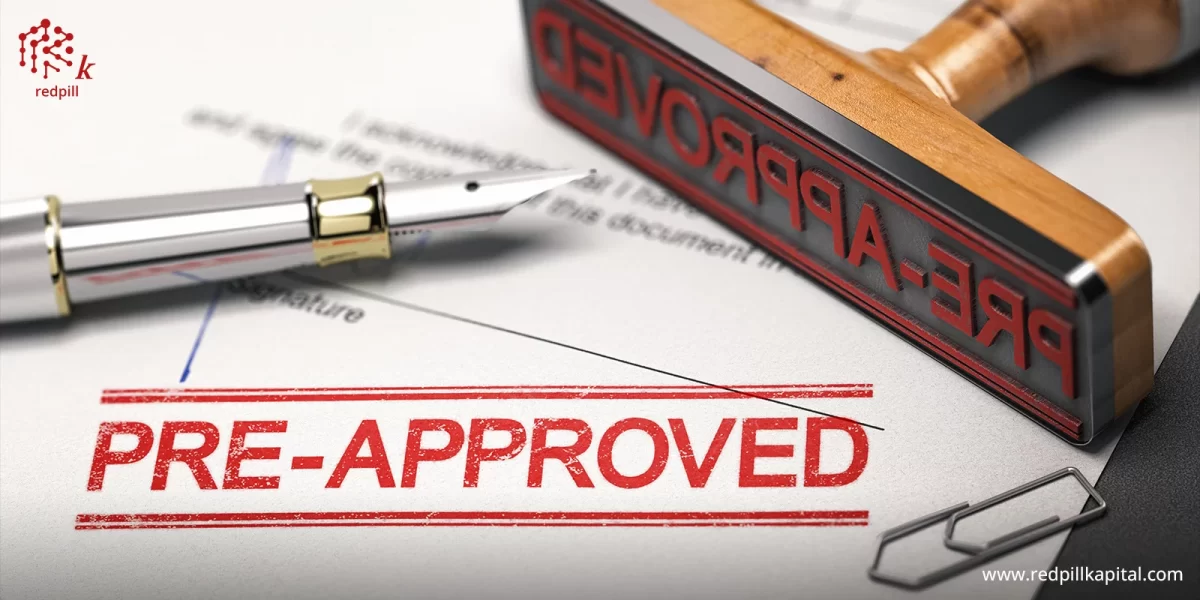Investing in the future is the smartest thing you can do now, considering the economy contracted for two consecutive quarters, the typical textbook definition of a recession. Although, the US is still not technically in a recession, as the National Bureau of Economic Research is the only body allowed to make that call (and they haven’t, yet…), the warning signs are there.
What can’t be ignored is that the economy is contracting while productivity is declining, so it’s best to prepare for the harsh economic days ahead. Because of the unpredictable economic behavior, this article will discuss how to invest in your future so you can ride through the hard times.
1. Create An Investment Plan
The first step to building a financially secure future is to create an investment plan. With such a volatile market, you need a guiding star to help you commit to the master plan and avoid panicked decisions. An investment plan lays down a strategy after gauging all the market variables. That way, you can recognize and weigh all the risks when investing, enabling you to fulfill all your obligations still. The plan should help you realize the best investment vehicles.
The key to creating a plan is to be realistic about what you can achieve. Note that creating an entire financial strategy for the future in one sitting isn’t going to work. Instead, break down each piece into smaller steps that are manageable and achievable. Once you’ve figured out the steps, write them down, so they’re easy to refer back to when needed.
2. Diversify Your Investments
As is often said, never place all your eggs in one basket. Diversifying is an excellent way to get the most out of your money, even in the most troubling economic slumps. It means spreading the investments across different asset classes so that if one class tanks, another will likely thrive. Markets you can try your hand at include:
A) Invest In REITs
Real estate investment trusts (REITs) are a great way to invest in real estate without owning any property. They’re publicly traded on stock exchanges and often pay out dividends from their rental income. In a risk-off environment such as the current one, REITs are typically the oasis of hope, and it’s easy to see why. REITs offer relative inflation protection and high dividends but bear a low correlation to the stock market and have low transaction fees.
REITs are excellent investment vehicles for the long term, typically outperforming bonds and stocks in some periods. If anything, REIT’s average yield is over 3%, more than double what you would earn from S&P 500 stocks. What’s more, REITs are liquid, so you can get your cash as soon as the market opens.
B) Home Flipping
You don’t have to own an entire rental property to reap the benefits of investing in properties. A neat trick to try is home flipping, which involves buying distressed properties at discounts, renovating them, and selling them for a profit.
C) Sandwich Lease
In this arrangement, you enter a rent-to-own agreement with a landlord, then lease it to a tenant. It’s one of the most cost-effective ways to enter into real estate, as the tenant will allow you to purchase the property after several years.
3. Concentrate On Marketing
Investing in your marketing strategy is one of the best ways to create a sustainable business. Marketing will boost sales and build your reputation, increase your relevance and demand, and cements your place among customers, creating a loyal customer base.
One of the most potent forms of marketing is digital marketing. The main way of doing this is through search engine optimization (SEO) using keywords. You target a range of words potential clients use when searching for real estate properties for Google to drive traffic to your online sites.
Digital marketing could take many forms, such as email marketing, blogging—which 56% of marketers say is effective, and social media. Posting content on social media is exceptionally effective considering 82% of Americans use social platforms.
Whichever form of marketing you settle on, you should try videos. According to Wyzowl’s research, 86% of marketers said videos helped increase traffic and generate leads, while 81% said they directly helped increase sales.
4. Automate Your Savings
Automating savings is a great way to ensure you always have money available for whatever comes up. The best part is you won’t even have to think about it as it works in the background.
It’s also a great way to start investing in the future. You can set up automated transfers from checking to savings and then start saving with every dollar. It’s easy, painless, and will save you money in the long run.
To automate your savings, use an app like Acorns or Qapital. These apps allow you to set up automatic savings plans, plan, and invest without making withdrawals at specific times as traditional banks do.
5. Start Investing In Yourself
Another great way to prepare for the future is by investing in yourself. There are many ways to invest in yourself, such as:
- Go to class: There are many courses available online or at local community colleges that can help you learn more about real estate and expand your knowledge in readiness for the future. Most of these courses have classes on various aspects of real estate, including how to market yourself, use social media, and manage your finances.
- Subscribe to emails from industry leaders: By signing up for newsletters from real estate professionals or companies, you’ll stay up-to-date on changes in the industry and what you can do to adjust.
- Listen to niche podcasts: Podcasts are another great way to learn about topics related to your industry—not just real estate. There’s a ton of valuable information on marketing, management skills, and more.
The Bottom Line – Invest In Your Future, No One Else Has More Of An Incentive
Just because the economy is tanking doesn’t mean you must sink with it. Since business is low, now is the best time to invest in the future and realign your business so you can reap big when the market turns hot again.
Some of the best tactics you can employ include concentrating on marketing, investing in your knowledge, diversifying your investment portfolio, and automating your savings. Before you set out, you must create an investment master plan to guide you through turbulent times.





